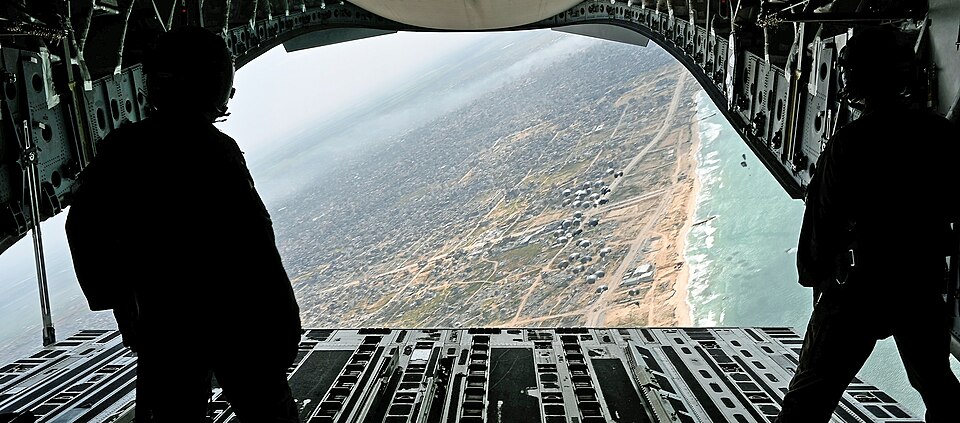Assessing the Impact of Air-Dropped Aid in Gaza's Humanitarian Crisis

In a significant humanitarian gesture amidst the ongoing conflict, the Israeli government has proposed air drops of aid into Gaza. This decision comes as international pressure mounts, particularly from nations such as the United Kingdom, France, and Germany, which have urged Israel to alleviate the severe starvation conditions currently affecting the region. According to a statement issued by the British Foreign Secretary James Cleverly on July 25, 2023, "We call on the Israeli government to immediately lift restrictions on the flow of aid and urgently allow the UN and humanitarian NGOs to carry out their work to combat starvation. Israel must uphold its obligations under international humanitarian law." However, the effectiveness of air drops as a solution to the humanitarian crisis in Gaza is highly debated among experts and humanitarian organizations.
The current situation in Gaza is dire, with the United Nations World Food Programme reporting that nearly one-third of the population is not eating for days, a statistic that underscores the severity of the hunger crisis (UN WFP, July 2023). While air drops may appear beneficial in media portrayals, historical evidence suggests that they often deliver minimal aid and pose significant risks to civilians. Jeremy Bowen, the BBC's International Editor, reflects on past experiences where aid drops in conflict zones resulted in dangerous outcomes, including injuries and fatalities from falling pallets and chaos during distribution.
In the context of Gaza, Bowen notes that air dropping aid serves more as a symbolic act of desperation rather than a viable solution. He states, "Professionals involved in relief operations regard air dropping aid as a last resort. They use it when any other access is impossible. That’s not the case in Gaza" (Bowen, BBC, July 2023). The suggestion that air drops are a substitute for a comprehensive and sustained humanitarian response is met with skepticism by many in the field.
Academic experts also express concern regarding the potential for air drops to escalate tensions among the already desperate population. Dr. Sarah Johnson, a Professor of Humanitarian Studies at Harvard University, argues that "air drops can incite competition and conflict among those vying for limited resources, potentially leading to increased violence rather than alleviating the humanitarian crisis" (Johnson, Harvard University, 2023).
Moreover, logistical challenges associated with air drops cannot be overlooked. Airplanes, while capable of transporting large quantities of supplies, cannot match the capacity of convoys of trucks that can deliver aid directly to those in need. According to a report by the International Federation of Red Cross and Red Crescent Societies (IFRC), "Air drops often result in supplies landing far from the intended recipients, which can exacerbate the current humanitarian crisis" (IFRC, 2023).
In a broader context, the ongoing blockade of Gaza and restrictions on aid flow have been criticized by various international organizations, including Human Rights Watch. The organization’s spokesperson, Ahmed Benchemsi, states, "The blockade constitutes collective punishment and must be lifted to allow for unrestricted humanitarian access" (Benchemsi, Human Rights Watch, 2023).
In conclusion, while the intention behind air drops is to provide immediate relief, experts warn that without a ceasefire and a comprehensive approach to humanitarian aid, such measures may do little to resolve the hunger crisis in Gaza. The immediate need for a sustainable and safe aid operation is critical to address the deepening humanitarian needs of the Gazan population. The future implications of air drops, both in terms of humanitarian outcomes and political repercussions, remain uncertain, and a coordinated international response is essential for effective intervention.
Advertisement
Tags
Advertisement




